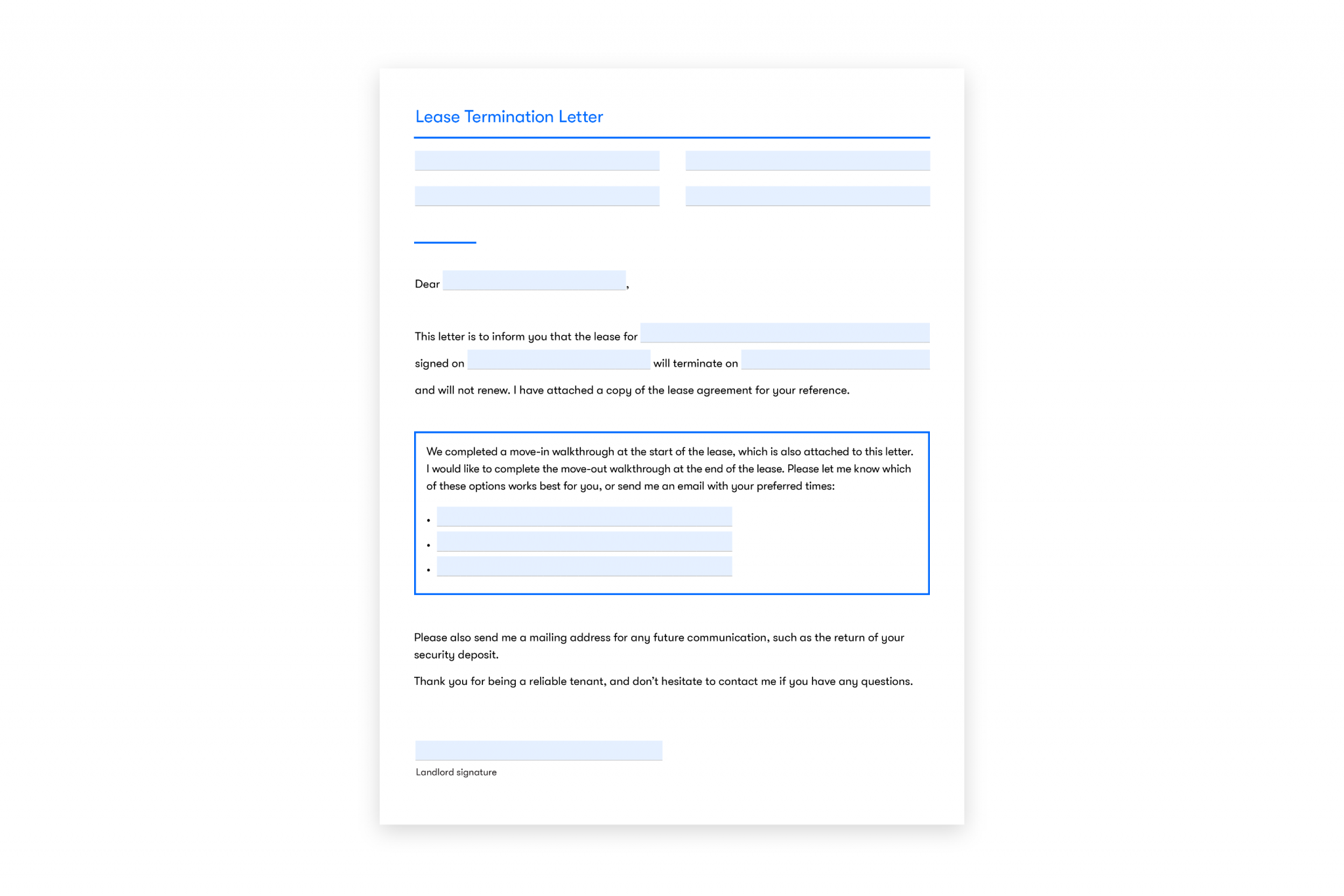
Understanding the Process:
Lease termination can be a complex and delicate process, involving legal, financial, and logistical considerations. To ensure a smooth experience for both landlords and tenants, it’s crucial to understand the guidelines and procedures associated with lease termination.
Reviewing Lease Agreement Terms:
The first step in the lease termination process is a thorough review of the lease agreement. Understanding the specific terms related to termination, notice periods, and any associated penalties is essential. This knowledge serves as the foundation for a well-informed and legally compliant termination process.
Providing Proper Notice:
One of the key guidelines for lease termination is providing adequate notice. This notice period is typically outlined in the lease agreement and varies based on local regulations. Offering the required notice gives both parties time to plan for the transition, minimizing disruptions and potential legal complications.
Documenting the Property’s Condition:
Before initiating the termination process, it’s advisable for tenants to document the condition of the property. This documentation can include photographs or written descriptions of the property’s current state. Landlords, in turn, should conduct their own inspections to identify any issues that may impact the return of the security deposit.
Handling Security Deposits:
Security deposits are a common aspect of lease agreements, and their proper handling is a critical guideline for lease termination. Landlords should clearly communicate the conditions under which the deposit will be returned, and tenants should ensure the property is left in good condition to maximize the likelihood of a full refund.
Understanding Early Termination Clauses:
Some lease agreements may include early termination clauses that outline specific conditions under which the lease can be ended before its natural expiration. Understanding these clauses is crucial, as they may involve additional fees or obligations for both parties.
Negotiating Terms Amicably:
In certain situations, tenants and landlords may find it beneficial to negotiate the terms of lease termination. This could involve discussing a reasonable timeframe, potential penalties, or other considerations. Open communication and a willingness to find mutually agreeable solutions can prevent conflicts and legal disputes.
Handling Legal Obligations:
Lease termination guidelines also encompass legal obligations that both parties must adhere to. This may include returning keys, settling outstanding balances, and fulfilling any remaining responsibilities outlined in the lease agreement. Meeting these obligations is essential for a clean and legally sound termination process.
Seeking Professional Advice:
In complex lease termination scenarios, seeking professional advice can be invaluable. Both tenants and landlords may benefit from consulting with real estate attorneys or property management experts to ensure that the process is handled in accordance with local laws and regulations.
Conclusion and Further Resources:
In conclusion, navigating lease termination requires careful consideration of the guidelines and procedures outlined in the lease agreement and local regulations. By understanding terms, providing proper notice, documenting property condition, and handling security deposits appropriately, both landlords and tenants can facilitate a smooth and amicable termination process. For additional insights and resources on lease termination guidelines, visit Lease termination guidelines.
